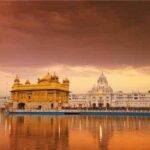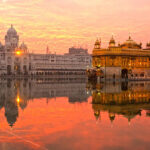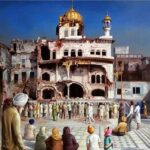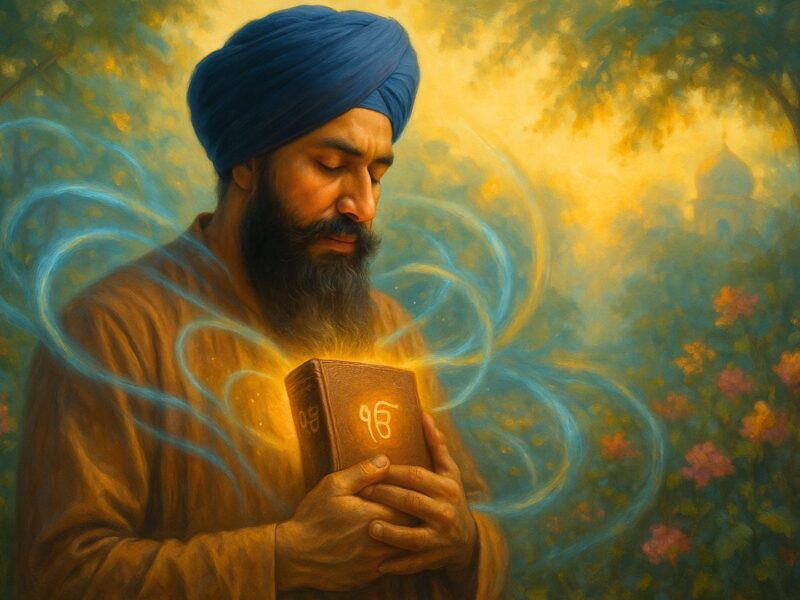The Golden Temple (Harmandir Sahib) and the Akal Takht stand side by side in Amritsar, yet their architectural designs tell two different stories—one of divine humility, the other of righteous sovereignty.
1. The Golden Temple’s Lotus Dome: A Symbol of Humility
- Low & Accessible: Unlike most religious structures that tower over devotees, Harmandir Sahib’s dome is intentionally built lower, requiring visitors to descend steps to enter—a reminder to shed ego.
- Lotus-Inspired Design: The dome’s base features inverted lotus petals, symbolizing purity rising from murky waters (worldly illusions).
- Spiritual Essence: Inside, raagis (musicians) sing Gurbani in a space designed for introspection and surrender.
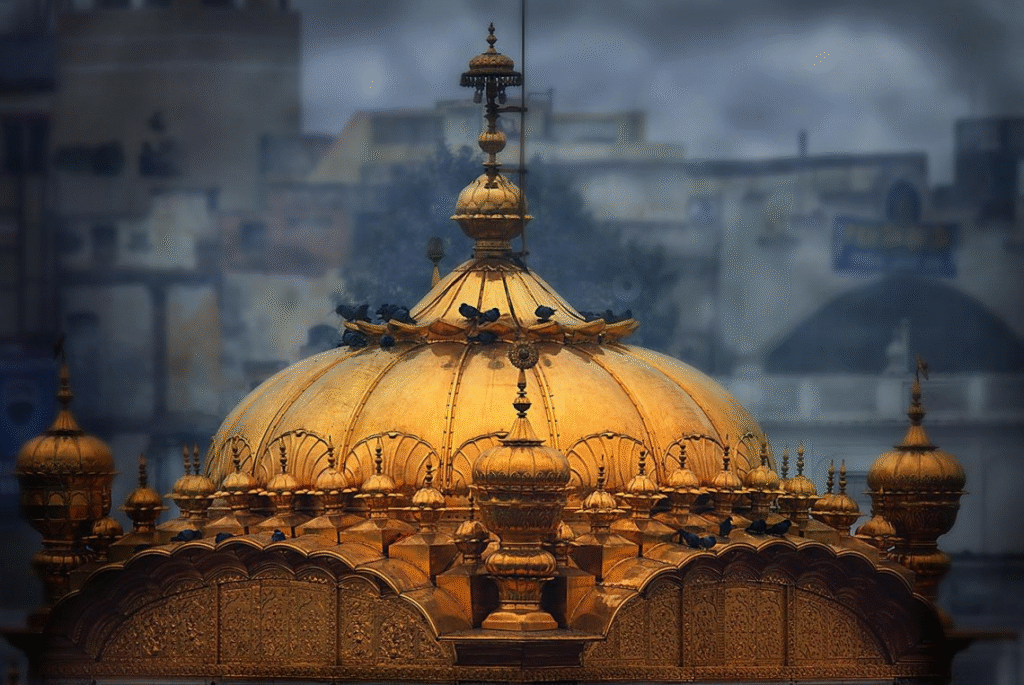
2. The Akal Takht’s Vertical Dome: A Symbol of Justice & Power
- Tall & Commanding: The Akal Takht’s upright dome reflects Khalsa authority—where Guru Hargobind Sahib Ji once held court as a saint-soldier (Sant-Sipahi).
- Political & Spiritual Balance: Here, dhadi singers recite heroic ballads (vars) of Sikh martyrs, blending faith with resistance.
- Miri-Piri Unity: While Harmandir Sahib represents spiritual devotion (Piri), the Akal Takht embodies temporal justice (Miri)—together, they uphold Guru Nanak’s vision of a balanced life.
Guru Arjan’s Divine Blueprint
- Four Entrances: Harmandir Sahib’s open doors declare universal welcome—no barriers of caste or creed.
- Hexagonal Base: Represents the six schools of Hindu philosophy Guru Nanak harmonized into Sikhi.
“One dome bows to God, the other stands for truth—together, they define Sikh destiny.” 🌿⚖️
📍 Sri Harmandir Sahib & Akal Takht, Amritsar
📖 “The low dome teaches surrender; the tall dome teaches courage.” – Principal Satbir Singh

